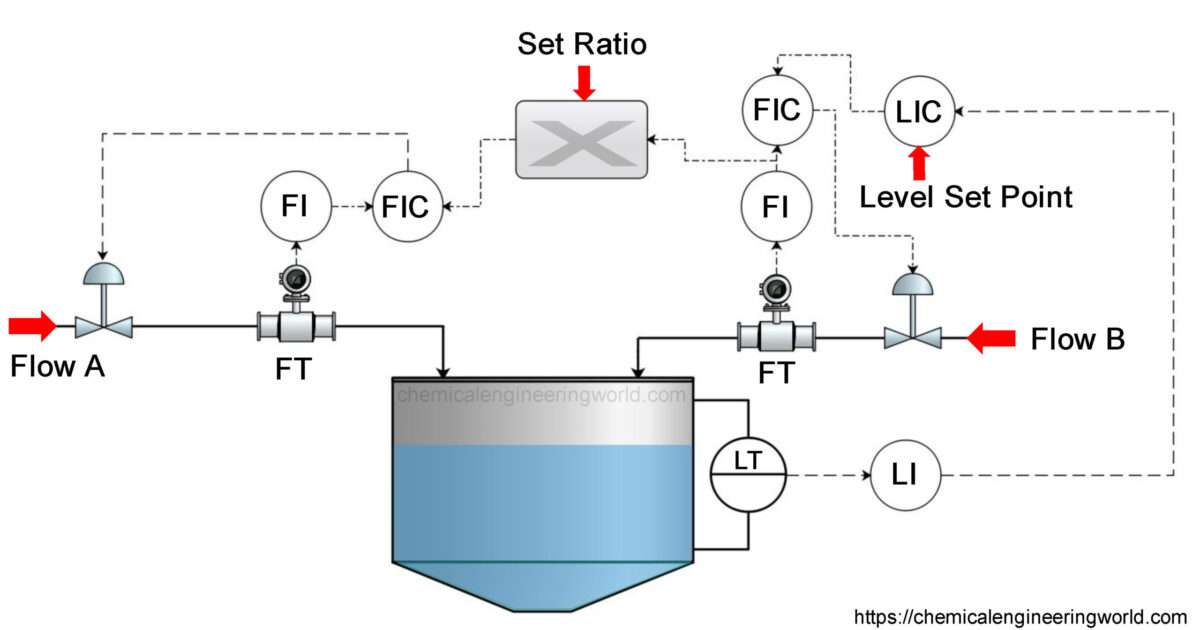Holmium Element Properties and Information

Holmium Element Properties and Information
Holmium is 67th element on the periodic table. Elements are arranged in the periodic table on the basis of the atomic number. Atomic number is the number of protons in the nucleus of the atom. Holmium has an atomic number of 67. It is located in the Group ‘Lanthanides’ and Period 6 of the periodic table of elements. It is denoted by ‘Ho’. Its name is derived from the Latin name of Stockholm, Holmia.
Two teams independently discovered Holmium in 1878; Per Teodor Cleve at Uppsala, Sweden and Marc Delafontaine & Louis Soret in Geneva, Switzerland. Yttrium was already been investigated in research because traces of many elements (later known as lanthanides) were being observed. One of the recent extractions at that time from yttrium was Erbium. Cleve noticed that its atomic weight depended on the source from which it was derived hence he reasoned that it may contain a new element, further he separated holmium from erbium. Delafontaine & Soret also extracted holmium from the same source after they observed unexplained lines in the atomic spectra.
Holmium obeys the Oddo-Hankins rule as an odd-numbered-element which states that it is less abundant than its immediate even-numbered neighbors which are dysprosium and erbium. Holmium is the most abundant among all odd-numbered lanthanides. Its concentration in Earth’s crust is 1.4 ppm. No holmium-dominant minerals are known as of yet. It is found with other lanthanides in minerals like bastnaesite, monazite, and gadolinite.
Physical Properties
- Holmium is a soft & malleable silvery white metal.
- The atomic mass of holmium is 164.9.
- The melting point of holmium is 1474°C.
- The boiling point of holmium is 2695°C.
- The density of holmium is 8800 in S.I. units at 20°C.
- In daylight, holmium oxide has a yellowish appearance. In trichromatic-light, its colour appears as orange-red.
- Holmium is ferromagnetic below temperature of 19K and its order is paramagnetic at ambient conditions.
- Holmium has highest magnetic moment among all naturally occurring elements.
- Naturally occurring holmium has only 1 stable isotope which is holmium-165.
Chemical Properties
- Holmium is fairly stable in dry air at normal conditions but it tarnishes in moist air forming a yellow coloured oxide.
- Like many lanthanides, holmium reacts slowly with cold-water and relatively faster with hot-water.
- Holmium metal reacts with all halogens to form their corresponding trihalide. Only trifluoride is pink in colour and rest all the trihalides are yellow in colour.
- Like other lanthanides, the compounds formed by holmium usually display oxidation state of +3.
Method of Production
Reduction: The anhydrous chloride or fluoride of holmium is reduced with calcium metal to obtain metallic holmium. Although it is difficult to extract as compared to other lanthanides, it is relatively in-expensive as-well.
Relevance in Chemical and Related Industries
Colourant: Holmium provides yellow or red colouring to glass and cubic zirconia.
Relevance in Other Industries
- Artificial Magnetic fields: Holmium has unusual magnetic properties hence it is used to create the strongest artificially generated magnetic fields.
- Lasers: Holmium-doped yttrium lithium fluoride (YLF) & yttrium iron garnet (YIG) find applications in solid-state devices.
- Calibration: Holmium-166m1, a long lived radioactive isotope is used to calibrate gamma-ray spectroscope.
- Quantum computers: IBM has developed a technique to store one bit of data on a single holmium atom set on a bed of magnesium oxide. Holmium has potential applications in quantum computers.
Health Effects on Exposure
Toxicity: Holmium has a low acute toxicity rating.
Effects on Surroundings
Holmium poses no threat to plants, animals, and environment.
References:
https://en.wikipedia.org/wiki/Holmium
https://www.lenntech.com/periodic/elements/ho.htm
































